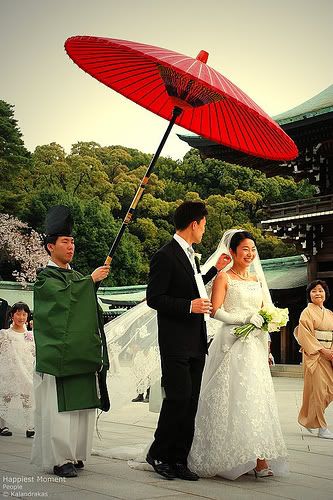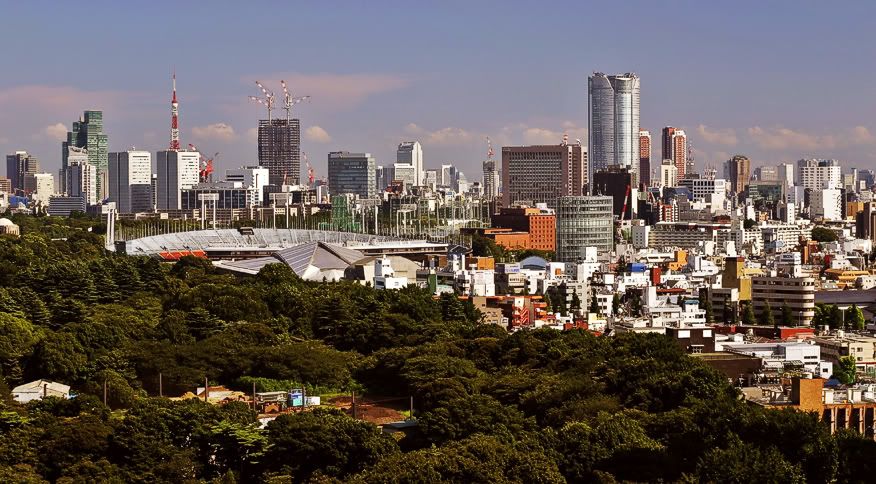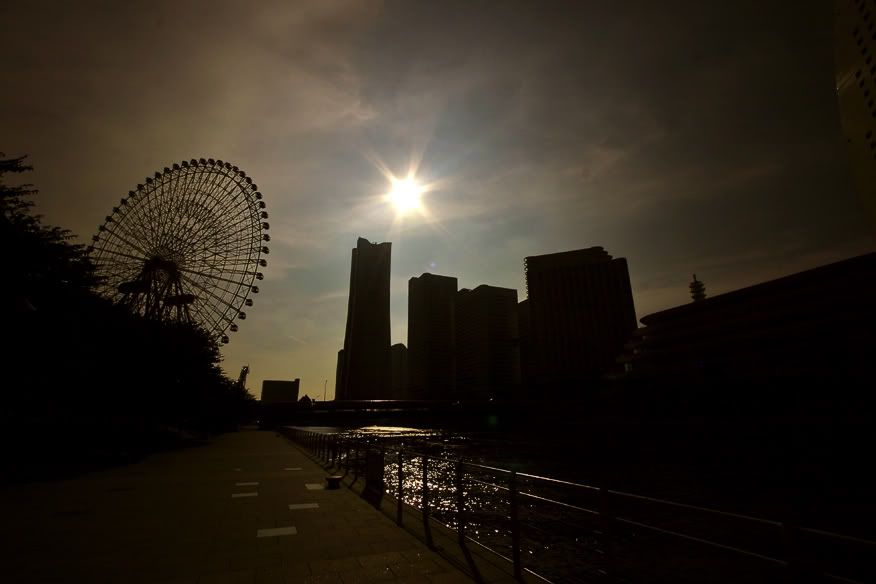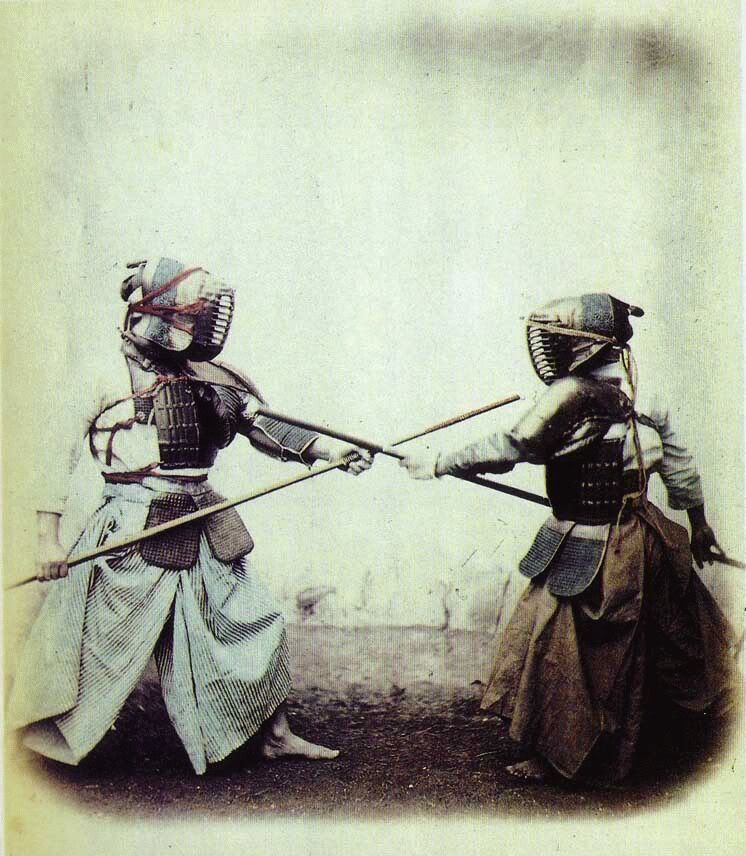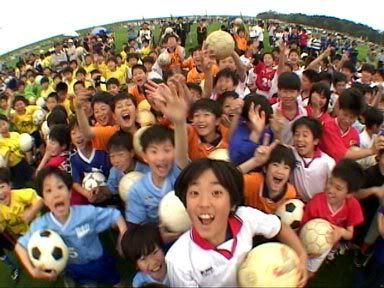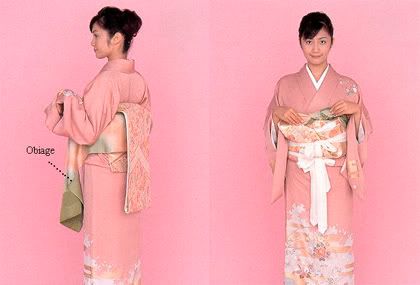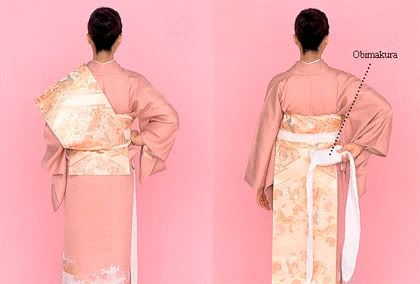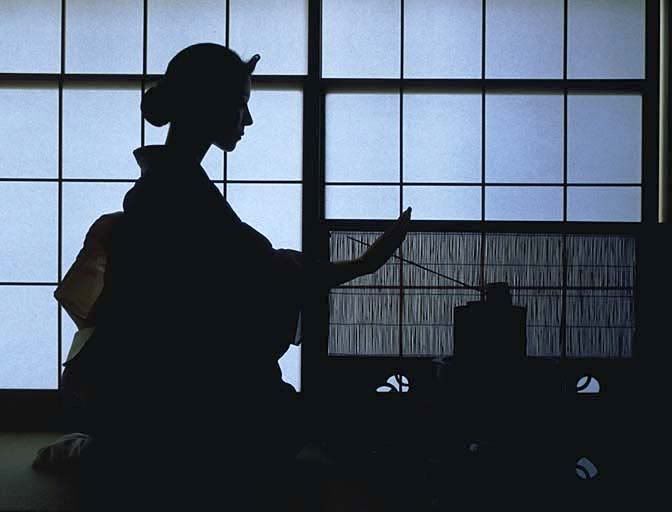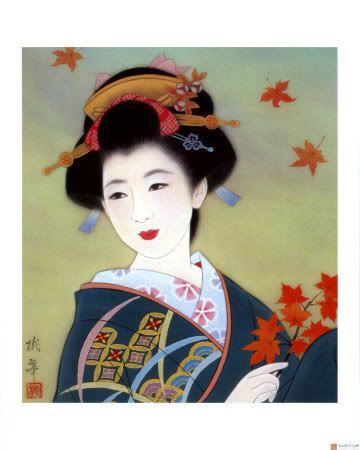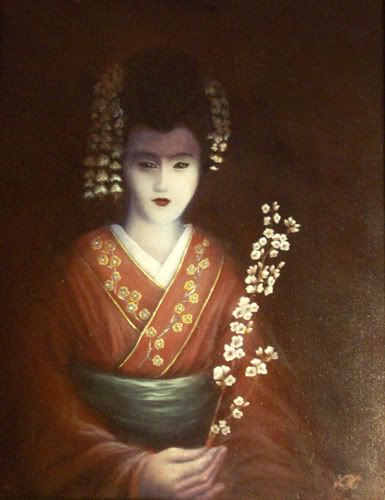
Meeting members of the opposite sex in Japan is usually not a complicated
process, as more often than not the nature of the job, whether it be a
businessman or English instructor, will bring you into contact with Japanese
in the workplace who would like to get to know you better outside of the
office or school. English instructors in particular have an advantage in
regard to being able meet Japanese, as many students will let you know
indirectly if they are interested in establishing a relationship beyond the
classroom, and depending on the school's policy toward dating students it's
quite easy to meet at a later date for dinner or a drink. For those who don't
want to mix business with romance, one of the best alternatives to meeting
Japanese are the many salsa schools that have recently become popular in
Japan. Women in these classes usually out number the men, and the lively
atmosphere makes it relatively easy to meet someone looking for a dance
partner. Yoga classes are also gaining popularity in Japan for both men and
women, and are another possibility for meeting people who share the same
interests.
For those looking for a more mainstream approach, the large number of
gaijin bars that are frequented by both Japanese women and men hoping to meet
foreigners are one of the most popular choices, but keep in mind there are
usually more foreigners than Japanese present, and the competition can often
be fierce. Another method of bringing Japanese and foreigners together are
“International Parties” that are often advertised in magazines and newspapers.
For a set fee of approximately 5,000 yen you're able to attend a prearranged
party in a restaurant or lounge where you have an opportunity to mingle with
others interested in cultural exchange. In a similar venue are international
hiking clubs that are now a popular form of meeting people, as most day hikes
in the countryside are arranged with an equal number of men and women in mind.
Sport clubs still appeal to many people who hope to meet others between
workout sets, and the recent influx of Starbucks coffee shops in Japan are
usually packed with Japanese women and men who are alone and receptive to
conversation.
It's difficult to discuss cross cultural differences without making
generalizations that may or may not be accurate as each case is different, but
for the most part Japanese are usually approachable in a social setting even
if they appear to be a bit shy or reticent at first meeting. Foreigners who
speak Japanese well are obviously going to have an advantage over those whose
language skills are limited, and many relationships in Japan fall to the
wayside eventually because of this lack of communication. Though mutual
attraction is sometimes enough to keep a couple together, those looking long
term usually have a better chance of success if one or both partners can speak
the other's native language well. As is the case in most Asian countries, age
difference between men and women in Japan is not looked upon as an issue, and
you often see couples together whose presence would no doubt turn heads in
other parts of the world.
The Japanese view of sex is also quite different from that of the west, and
they usually approach it with a more relaxed attitude, as can be witnessed by
the large number of “Love Hotels” found in all major cities of Japan which
provide a temporary haven for couples in need of privacy. This cavalier
attitude can also sometimes be confusing for foreigners, who after becoming
infatuated after the first or second date will suddenly find their email and
phone messages going unanswered. Though definitely not pleasant for the ego,
once it's understood the Japanese are uncomfortable with direct confrontation
and this is their way of letting you and themselves off the hook, it's usually
a bit easier to comprehend and accept. This approach often pertains to long
term relationships as well, and there have been many foreigners who after
years of being in a relationship suddenly found themselves in the cold for no
apparent reason and with no explanation forthcoming. Society's view of
international relationships in Japan seems to be that of resigned acceptance,
but don't be surprised if there is resistance on the part of many Japanese
parents in regard to their son or daughter marrying a foreigner. Although this
attitude has gradually begun to change over the years, most traditional
Japanese still want their children to marry Japanese.
